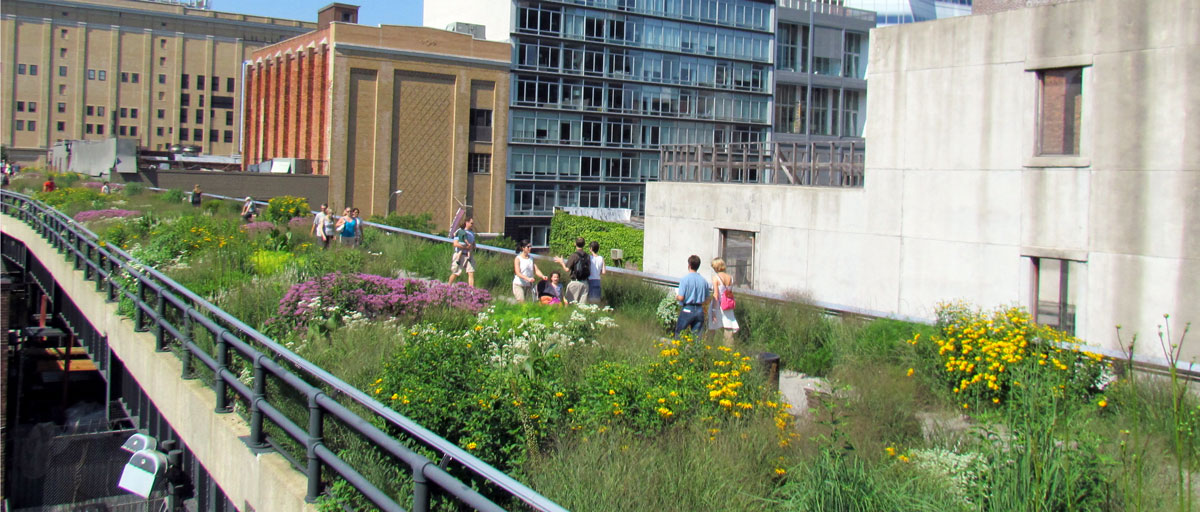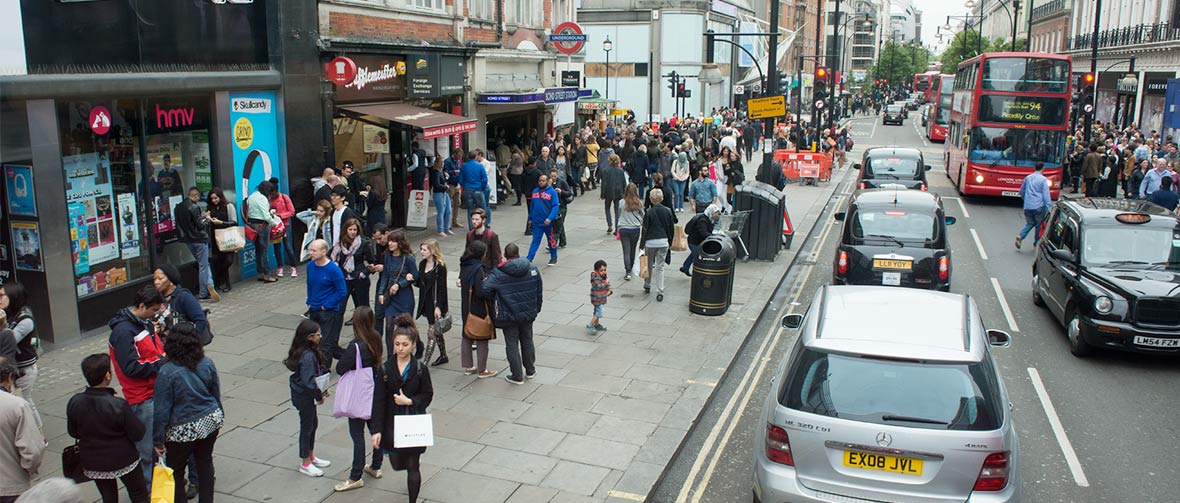
In a study published in the journal Ambio, researchers take a closer look at the Smart Growth concept and whether it delivers what it promises. They found that conclusive proof of its ability to deliver environmental benefits is lacking. Photo: N. Ryrholm/Azote
Bildtext får vara max två rader text. Hela texten ska högerjusteras om den bara ska innehålla fotobyline! Photo: B. Christensen/Azote
URBAN DESIGN
Not so smart after all…?
Popular concept for building sustainable cities stands on fragile scientific grounds
- Conclusive proof of Smart Growth’s ability to deliver environmental benefits is lacking
- The authors analysed the scientific literature on the concept and found that a surprisingly limited number of studies have actually examined the environmental rationales behind Smart Growth
- The aim of the study is not to debunk Smart Growth but to argue for the need to set research on urban planning on firmer grounds
Perhaps it was too good to be true. The Smart Growth concept has been hailed as a way to turn our increasingly urbanized planet into a compact, walkable and bicycle friendly one, where urban sprawl is halted because old land is used for new constructions. It certainly sounds smart and the concept is frequently endorsed by national and local policy makers. However, conclusive proof of its ability to deliver environmental benefits is lacking.
In a study published in the journal Ambio, centre researchers Åsa Gren and Johan Colding, along with colleagues from Chalmers University and Gävle University in Sweden, take a closer look at the Smart Growth concept and whether it delivers what it promises. The short answer is no.
Studies lack a broader perspective
In their review, Gren and her colleagues analysed the scientific literature on the concept and found that a surprisingly limited number of studies have actually examined the environmental rationales behind Smart Growth. In fact, 34 percent of the studies even presented negative consequences of applying a Smart Growth strategy, particularly for biodiversity.
The studies that do show positive outcomes are focusing on a limited number of environmental parameters, such as reduced C02 emissions due to less private transportation. However, even these studies lack a broader perspective, failing to take into account important aspects such as leisure travel, which Åsa Gren and her colleagues warn could turn out to be a game changer.
“This leaves us as uninformed as before even about the environmental gains that a compact city structure offers in order to reduce CO2 emissions,” Gren explains.
There was also confusion about what Smart Growth actually stands for.
There is no generally agreed upon definition of Smart Growth, rather a broad number of description exists, varying around certain themes
Åsa Gren, lead author
Their study reveals a variety of inconsistencies in how things are defined and measured. One example is population density, which describes how many people that live within an area. However, although appearing straight forward, this can be and indeed is measured in multiple ways in different studies, making comparisons very difficult.
Not debunking Smart Growth
Amid rapid urbanization, Gren and her colleagues are not against the Smart Growth concept per se, but the authors consider it an “unfortunate time in history” that strong scientific knowledge and consensus is still lacking about the concept. More research is needed, they argue.
“The aim here is not to debunk Smart Growth but to argue for the need to set research on sustainable urban planning on firmer grounds,” co-author Johan Colding explains.
Based on their review, the authors push for a research which includes three important issues:
- Research must, to a greater degree, apply systems thinking in its understanding of urban processes
- Making cities more resilient against for instance climate change effects must be a priority
- Research must be founded in more advanced knowledge and consistent use of geospatial analysis
Methodology
An international scientific literature review on SG was conducted through a systematic search for scientific publications using the Scopus and Web of Knowledge databases. Only publications in English and within the subject areas as environmental sciences and social sciences were included. To limit reviews to more updated cases, the search included only entries available from January 1985 to May 2017. The publications were selected using the following keywords: “smart growth” or “compact city” (see, motivation for these choices in the introduction) AND “natural environment” or “ecosystems” or “ecosystem services” or “natural systems” or “biodiversity” or “biological diversity” or “green spaces” or “green urban space” or “green structure” or “climate” or “nature” AND “quantitative” or “empirical” or “data.”
After the initial abstract screening, 105 articles were selected for full article screening. Using the above-described criteria resulted in 29 of those 105 articles being used for the review.
Gren, Å., Colding, J., Berghauser-Pont, M., Marcus, L. 2018. How smart is smart growth? Examining the environmental validation behind city compaction. Ambio DOI 10.1007/s13280-018-1087-y
Åsa Gren’s research aims at operationalizing the incorporation of ecosystem services and their benefits (including provisioning, regulating, and cultural services) into both economic decision making, as well as sustainable urban planning processes, using a social-ecological systems framework.
Johan Colding's main interests cover urban planning and design from a resilience perspective. This includes social-ecological urbanism, where interlinking of urban services and ecosystem services is a key mission, and where institutions (norms and rules) and the city's built form are regarded as key tools to build resilience.









